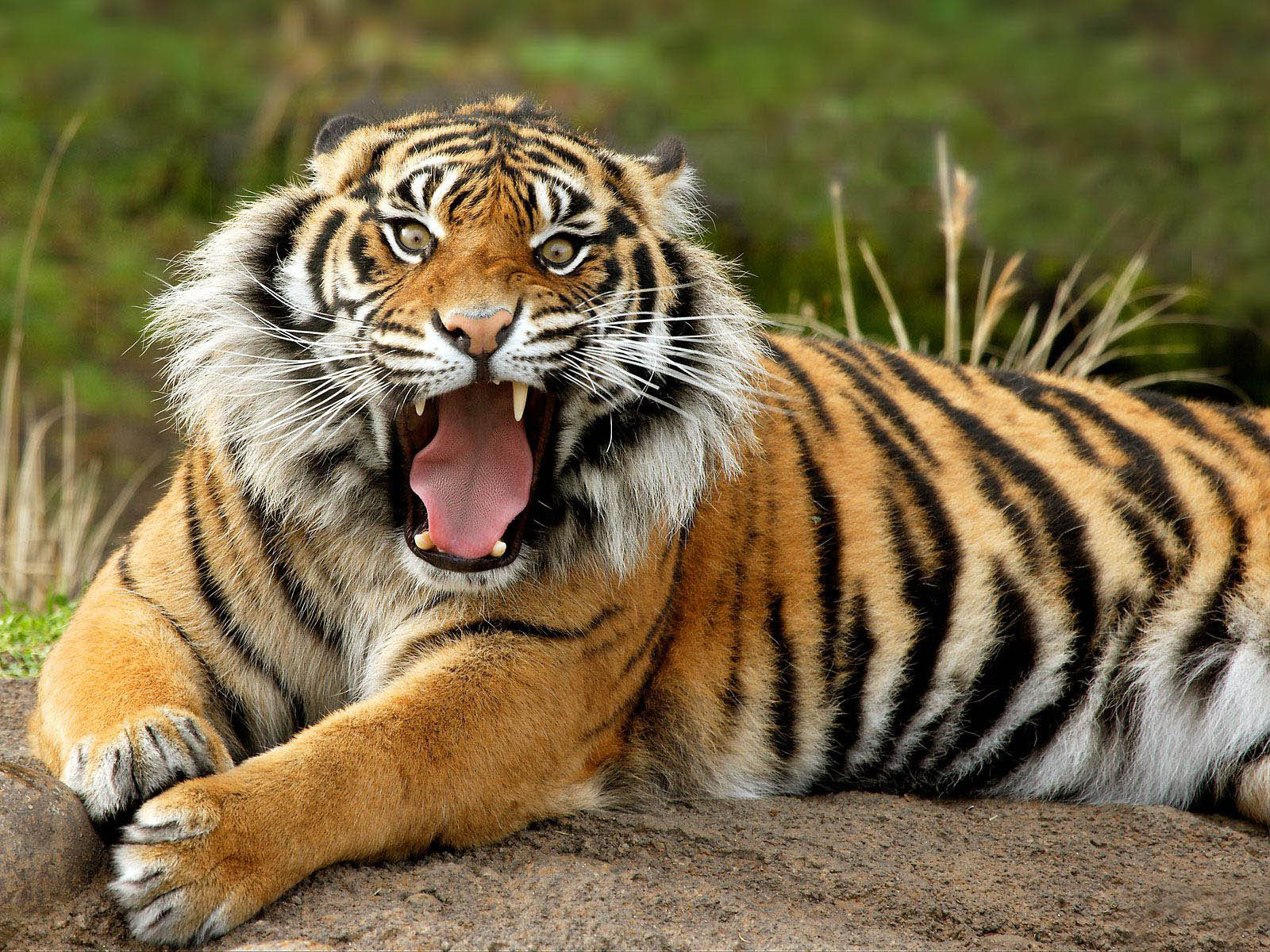Wild animals are an essential part of our planet's ecosystem, captivating our imaginations and providing vital roles in maintaining environmental balance. From majestic elephants roaming the savannahs to elusive snow leopards in the mountains, wild animals showcase the incredible diversity of life on Earth. Understanding their behaviors, habitats, and the challenges they face is crucial for conservation efforts and fostering a deeper appreciation for nature.
In this article, we will explore various aspects of wild animals, including their habitats, diets, and the threats they encounter. We will also discuss the significance of wildlife conservation and how individuals can contribute to protecting these magnificent creatures. Whether you are a nature enthusiast or simply curious about the animal kingdom, this comprehensive guide will provide valuable insights into the world of wild animals.
Join us as we embark on a journey to uncover the secrets of wild animals, their unique adaptations, and the ongoing efforts to preserve their existence. Let’s dive into the wilderness and learn more about the incredible species that inhabit our planet.
Table of Contents
- Biography of Wild Animals
- 1. Habitats of Wild Animals
- 2. Diets of Wild Animals
- 3. Threats to Wild Animals
- 4. Wildlife Conservation Efforts
- 5. The Role of Wild Animals in Ecosystems
- 6. Curious Facts About Wild Animals
- Conclusion
Biography of Wild Animals
Wild animals encompass a vast array of species, each with its unique characteristics and adaptations. They can be found in every corner of the globe, from the Arctic tundra to the tropical rainforests. Below is a brief overview of some notable wild animals:
| Animal | Habitat | Diet | Conservation Status |
|---|---|---|---|
| African Elephant | Savannahs, forests | Herbivore | Vulnerable |
| Bengal Tiger | Tropical forests | Carnivore | Endangered |
| Snow Leopard | Mountain ranges | Carnivore | Vulnerable |
| Giant Panda | Bamboo forests | Herbivore | Vulnerable |
1. Habitats of Wild Animals
Wild animals inhabit various ecosystems, each providing the necessary resources for survival. Understanding these habitats is essential for effective conservation strategies. Here are some primary habitats of wild animals:
1.1 Forests
- Rainforests
- Temperate forests
- Boreal forests
1.2 Grasslands
- Savannahs
- Prairies
1.3 Aquatic Ecosystems
- Freshwater habitats (rivers, lakes)
- Marine habitats (oceans, coral reefs)
2. Diets of Wild Animals
The diets of wild animals vary significantly based on their species and habitats. They can be grouped into three main categories:
2.1 Herbivores
Herbivores primarily consume plant material. Examples include:
- Giraffes
- Deer
- Elephants
2.2 Carnivores
Carnivores feed on other animals. Notable carnivores include:
- Lions
- Wolves
- Sharks
2.3 Omnivores
Omnivores eat both plants and animals. Examples are:
- Bear
- Raccoon
- Human
3. Threats to Wild Animals
Wild animals face numerous threats that jeopardize their survival. Some of these threats include:
3.1 Habitat Loss
Deforestation, urbanization, and agriculture lead to habitat destruction, forcing animals to adapt or relocate.
3.2 Poaching and Illegal Wildlife Trade
Many species are hunted for their body parts, leading to drastic population declines.
3.3 Climate Change
Changing climate conditions affect habitats and food availability for wild animals.
4. Wildlife Conservation Efforts
Conservation organizations and governments worldwide are implementing various strategies to protect wild animals. Some of these efforts include:
4.1 Protected Areas
Establishing national parks and wildlife reserves helps safeguard habitats and species.
4.2 Anti-Poaching Initiatives
Strengthening laws and enforcement against poaching is crucial for protecting endangered species.
4.3 Community Engagement
Involving local communities in conservation efforts promotes sustainable practices and reduces human-wildlife conflict.
5. The Role of Wild Animals in Ecosystems
Wild animals play vital roles in maintaining the health of ecosystems. Some key roles include:
5.1 Pollinators
Many wild animals, such as bees and bats, are essential for pollinating plants, contributing to food production.
5.2 Seed Dispersers
Animals like elephants and birds help disperse seeds, promoting plant diversity and growth.
5.3 Predators
Predators help regulate prey populations, maintaining balance in ecosystems.
6. Curious Facts About Wild Animals
Here are some intriguing facts about wild animals that might surprise you:
- Elephants can communicate through vibrations in the ground.
- Octopuses have three hearts and blue blood.
- Some species of frogs can survive being frozen.
Conclusion
In conclusion, wild animals are a vital part of our planet, playing crucial roles in ecosystems and enriching our lives. However, they face numerous threats that require our attention and action. By understanding their habitats, diets, and the importance of conservation, we can contribute to protecting these magnificent creatures for future generations.
We encourage you to share your thoughts in the comments, spread awareness about wildlife conservation, and explore more articles on our site to deepen your understanding of the natural world.
Penutup
Thank you for joining us on this journey into the fascinating world of wild animals. We hope you found the information insightful and engaging. Remember, every little action counts in the fight for wildlife conservation. We look forward to seeing you again on our site!
Dreka Kevin Gates: The Untold Story Of A Power Couple
Tyler Perry's Son: A Deep Dive Into His Life And Legacy
Inside Out: The Mindy Kaling Journey From Comedy To Empowerment


